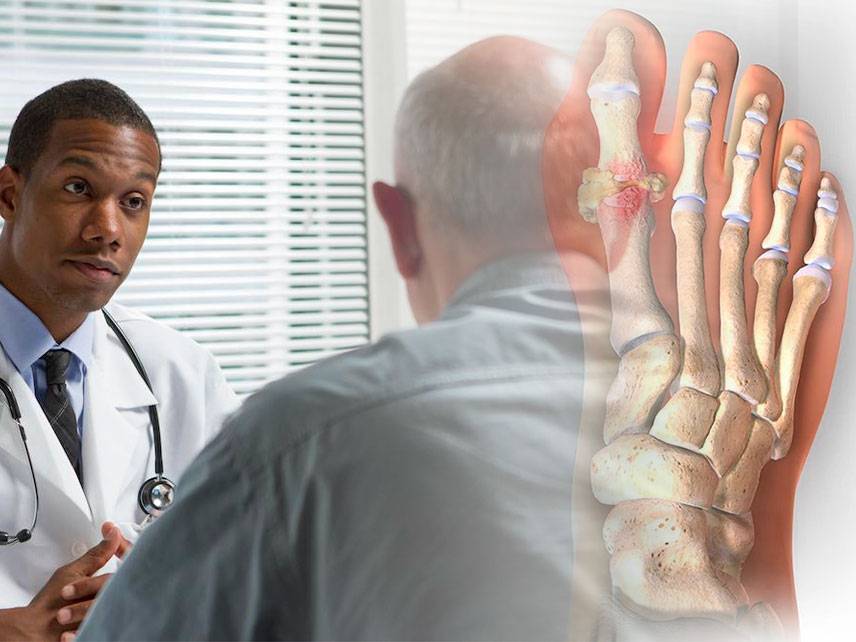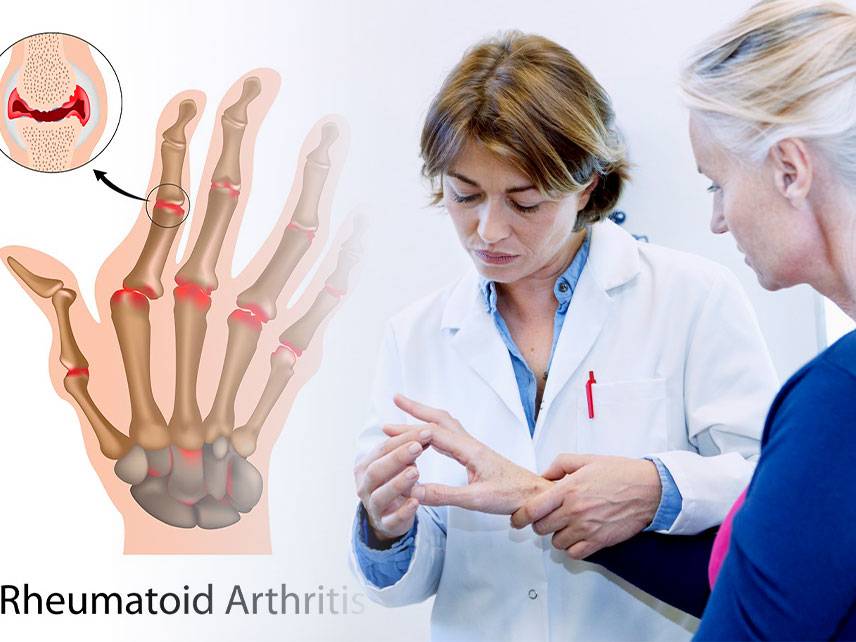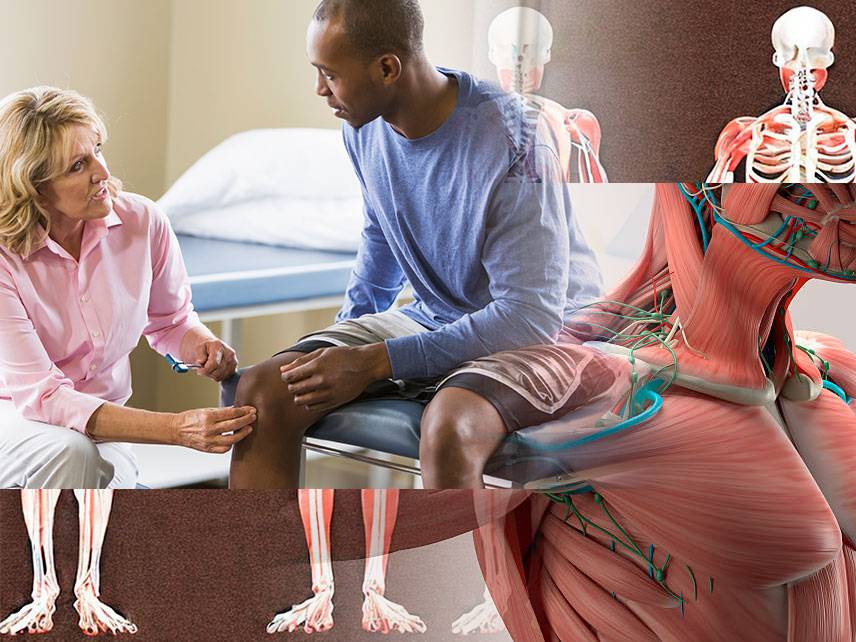
What is Gout: symptoms, causes, diagnosis, treatment.
Gout is a form of arthritis that occurs when there is an excess of uric acid in the blood. Uric acid is a waste product that is produced when the body breaks down purines, which are found in certain foods and drinks. Symptoms of gout include sudden and severe joint pain, redness, swelling, and tenderness in the affected area. Gout can be caused by dietary factors, such as a high intake of purine-rich foods and drinks, or it can be caused by an underlying medical condition, such as obesity, kidney disease, or diabetes. Gout is typically diagnosed by a physical exam and by measuring the level of uric acid in the blood. Treatment for gout involves medications to reduce inflammation and pain, as well as lifestyle changes to reduce the risk of flare-ups.







